Table of Contents
Introduction
Nageshwar Jyotirlinga is one of the 12 Jyotirlingas, which are temples dedicated to Lord Shiva, the supreme god of Hinduism. The word Jyotirlinga means “the radiant sign of the lord” and it represents the infinite and powerful nature of Shiva. Nageshwar Jyotirlinga is located in Dwarka, a coastal city in Gujarat, India. It is also known as Nagnath or Nageshvara.
According to legend, Nageshwar Jyotirlinga was established by Lord Shiva himself to protect his devotees from a demon named Daruka, who had terrorized the nearby forest called Darukavana. Daruka had a boon from Goddess Parvati, the consort of Shiva, that he could not be killed by anyone except her. However, he misused his boon and oppressed the people and the sages living in the forest. One day, he captured a devotee named Supriya and imprisoned her along with many others. Supriya advised the prisoners to chant the name of Shiva and pray to him for their rescue. When Daruka heard this, he became furious and tried to kill Supriya. But Shiva appeared in the form of a lingam, a symbol of his energy, and saved Supriya and the others. He also cursed Daruka that he would be killed by Parvati in her incarnation as Durga. Shiva then stayed in Dwarka as Nageshwar Jyotirlinga to bless his devotees.
What is a Jyotirlinga?
A Jyotirlinga is a pillar of light that represents the infinite and supreme form of Lord Shiva. According to Hindu mythology, once Lord Brahma and Lord Vishnu had an argument about who was superior. To settle their dispute, Lord Shiva appeared as a huge column of fire that pierced the three worlds. He challenged them to find the beginning and the end of the pillar. Lord Vishnu took the form of a boar and went down to search for the base, while Lord Brahma took the form of a swan and flew up to look for the top. However, neither of them could find the end of the pillar. They realized their mistake and accepted Lord Shiva as the supreme god.
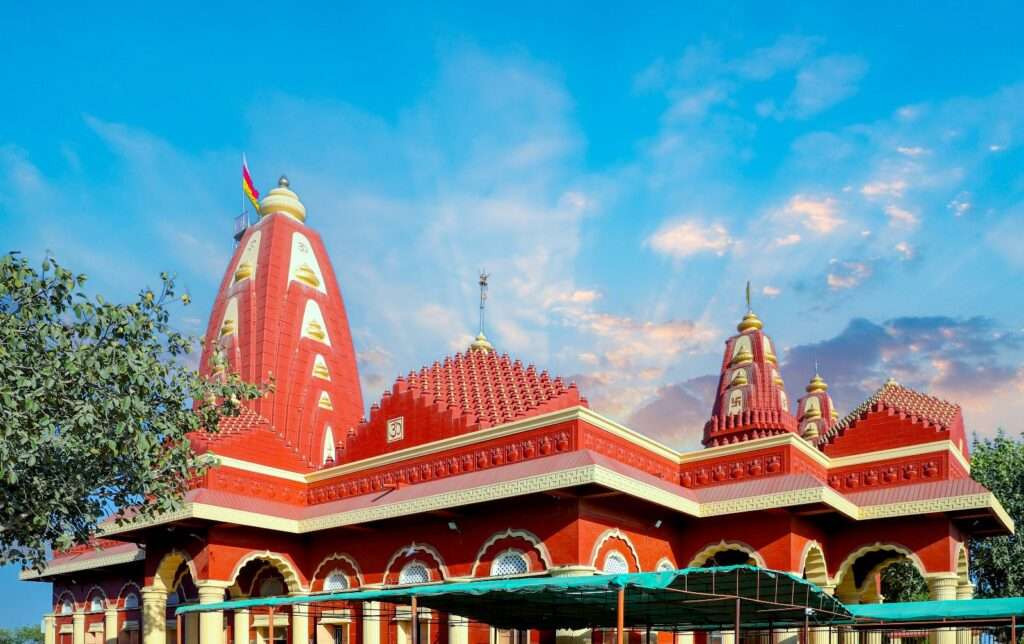
History of Nageshwar Jyotirlinga
Nageshwar Jyotirlinga is one of the twelve Jyotirlingas, which are sacred shrines dedicated to Lord Shiva, the supreme deity of Hinduism. The word Jyotirlinga means “lingam of light”, and it represents the infinite and radiant form of Shiva that appeared as a pillar of fire to settle a dispute between Brahma and Vishnu, the other two major gods of the Hindu trinity.
The Nageshwar Jyotirlinga is located in Gujarat, near the city of Dwarka, which is also a holy site for the devotees of Lord Krishna, an avatar of Vishnu. The temple is situated on the coast of the Arabian Sea, and it has a unique architecture that resembles a giant chariot with 24 wheels. The main shrine houses a large lingam made of stone, which is believed to be the manifestation of Shiva as Nageshwar, the lord of snakes.
There are two legends associated with the origin and history of Nageshwar Jyotirlinga. The first one is mentioned in the Shiva Purana, an ancient scripture that narrates the stories and glory of Shiva. According to this legend, there was a demon couple named Daruka and Daruki, who were very cruel and oppressive to their subjects. They had a city named Darukavana, which was surrounded by a dense forest of Daruka trees. These trees had magical powers and could move from one place to another as per the will of Daruka.
One day, a group of devotees of Shiva, led by a pious man named Supriya, were travelling by sea and were captured by Daruka. He imprisoned them in his city and tortured them mercilessly. Supriya advised his fellow captives to chant the name of Shiva and pray to him for their salvation. He also gave them a sacred mantra, “Om Namah Shivaya”, which is considered to be the most powerful invocation of Shiva.
When Daruka came to know about this, he became furious and ordered his soldiers to kill Supriya. However, as soon as they tried to harm him, a bright light emerged from his body and formed a protective shield around him. This light was none other than Shiva himself, who appeared to rescue his devotees from the tyranny of Daruka. He fought with the demon and his army and defeated them all. He then blessed Supriya and his companions and declared that he would reside there as Nageshwar Jyotirlinga. He also said that whoever worships him at this place would be free from all fears and dangers.
The second legend is related to another aspect of Shiva, namely his association with snakes. According to this legend, there was a powerful snake named Nagesh, who was very devoted to Shiva. He used to worship him daily with flowers and milk. One day, he saw a cow grazing near his abode and decided to offer its milk to Shiva. He bit the cow’s udder and collected the milk in his hood. He then went to the lingam and poured the milk over it.
However, this act angered the cowherd who owned the cow. He thought that Nagesh was trying to kill his cow and attacked him with a stick. Nagesh tried to explain his intention but the cowherd did not listen. He beat him so hard that he fell unconscious. When he regained his senses, he prayed to Shiva for justice. Shiva heard his plea and appeared before him. He scolded the cowherd for his ignorance and violence and praised Nagesh for his devotion. He then granted him a boon that he would become immortal and would be worshipped along with him as Nageshwar Jyotirlinga.
These legends illustrate the history of Nageshwar Jyotirlinga and its significance for the devotees of Shiva. It is believed that visiting this temple and offering prayers can cure one from various diseases, especially those related to poison or snake bites. It can also bestow wealth, prosperity, happiness and peace upon the worshippers. The temple celebrates various festivals throughout the year, such as Mahashivaratri, Shravan month, Nag Panchami and Janmashtami. It attracts millions of pilgrims from all over India and abroad who come to seek the blessings of Shiva as Nageshwar.
The Jyotirlinga is a symbol of this cosmic event and also a manifestation of Lord Shiva’s power and presence. There are 12 Jyotirlingas in India, each with a different name and story. They are:
- Somnath in Gujarat
2. Mallikarjuna at Srisailam in Andhra Pradesh
3. Mahakaleshwar at Ujjain in Madhya Pradesh
4. Omkareshwar in Madhya Pradesh
5. Kedarnath in Uttarakhand
6. Bhimashankar in Maharashtra
7. Vishwanath at Varanasi in Uttar Pradesh
8. Trimbakeshwar in Maharashtra
9. Vaidyanath at Deoghar in Jharkhand
10. Nageshwar near Hingoli in Maharashtra
11. Rameshwar at Rameswaram in Tamil Nadu
12. Grishneshwar at Aurangabad in Maharashtra
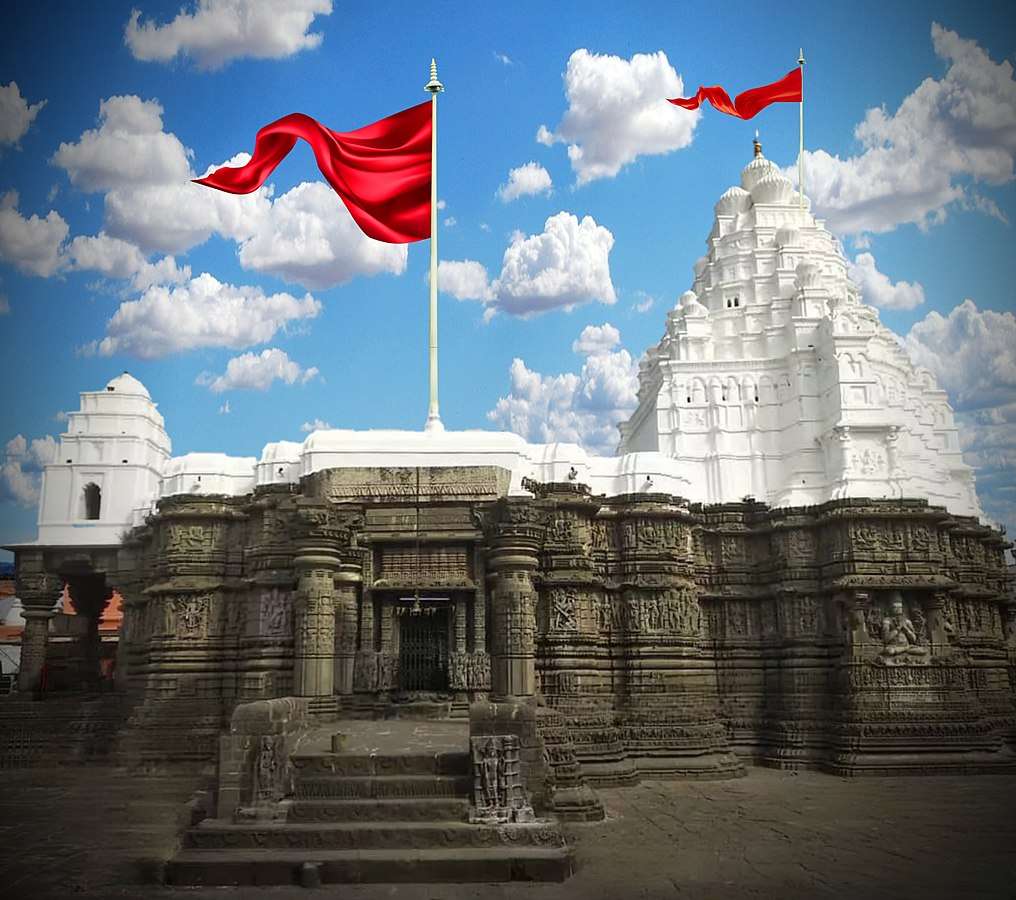
What is the legend of Nageshwar Jyotirlinga?
There are two popular legends associated with Nageshwar Jyotirlinga. The first one is about a group of sages who lived in Darukavana, an ancient forest that was believed to be located near Dwarka. They were devoted to Lord Shiva and worshipped him daily. One day, Lord Shiva decided to test their faith and came to them as a naked ascetic, wearing nothing but snakes on his body. The wives of the sages were attracted by his charm and followed him, leaving their husbands behind. The sages were angry and cursed the ascetic that his lingam (phallus) would fall off. As soon as they uttered the curse, the lingam fell on the ground and caused a huge tremor. Lord Vishnu and Lord Brahma came to pacify Lord Shiva and requested him to take back his lingam. Lord Shiva agreed but left a mark of his lingam on that spot, which became Nageshwar Jyotirlinga.
The second legend is about a demon named Daruka who had a boon from Goddess Parvati that he could not be killed by anyone. He misused his power and terrorized the people living near Darukavana. He also captured a devotee of Lord Shiva named Supriya and imprisoned her along with many others. Supriya advised her fellow prisoners to chant the name of Lord Shiva for protection. When Daruka heard this, he became furious and tried to kill Supriya. But Lord Shiva appeared before him and saved Supriya. Since Daruka had a boon from Goddess Parvati, Lord Shiva could not kill him directly. So he assumed the form of a lingam and promised to protect Supriya and the people from Daruka’s tyranny. This lingam also became Nageshwar Jyotirlinga.
How is Nageshwar Jyotirlinga different from other Jyotirlingas?
Nageshwar Jyotirlinga has some unique features that distinguish it from other Jyotirlingas. Some of them are:
It is the only Jyotirlinga that faces south, while all others face east.
It is also known as Nagnath or Nageshwara, which means “lord of snakes”. This is because it is surrounded by many snakes that guard it.
It is believed that whoever prays here gets relief from poison and snake bites.
It is also said that whoever worships here attains moksha (liberation) and is freed from the cycle of birth and death.
It is also the first Jyotirlinga on the earth, according to some sources.
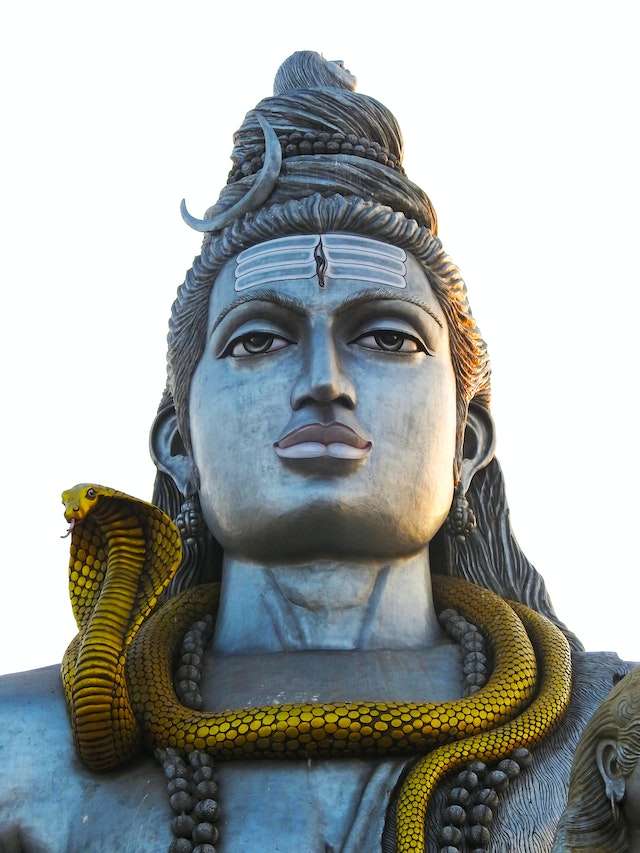
What is the architecture of Nageshwar Jyotirlinga?
Nageshwar Jyotirlinga is a magnificent temple that showcases the Hemadpanthi style of architecture. It has a spacious hall, a sanctum sanctorum and a shikhar (spire). The main attraction of the temple is the 25-meter tall statue of Lord Shiva that stands outside the temple. It is made of black stone and depicts Lord Shiva in a meditative pose. The statue is visible from a long distance and attracts many visitors.
The lingam inside the temple is made of stone and is covered with a silver mask. It is adorned with flowers and vermilion. The lingam is also surrounded by many idols of Lord Shiva’s family, such as Goddess Parvati, Lord Ganesha and Lord Kartikeya. The temple also has a pond where devotees can take a dip before entering the temple.
What are the rituals and festivals of Nageshwar Jyotirlinga?
Nageshwar Jyotirlinga follows the traditional rituals of worshiping Lord Shiva. The temple opens at 5:00 AM and closes at 9:00 PM. The main puja timings are:
Mangala Aarti: 5:00 AM
Shringar Aarti: 9:00 AM
Sandhya Aarti: 7:30 PM
Shayan Aarti: 9:00 PM
The temple also offers special pujas and abhisheks (ritual bathing) to the lingam on request. Devotees can also perform rudrabhishek, which is a powerful ritual that involves chanting the Rudram, a sacred hymn dedicated to Lord Shiva.
The most important festival of Nageshwar Jyotirlinga is Mahashivaratri, which falls in the month of February or March. It is the day when Lord Shiva married Goddess Parvati and also manifested as a Jyotirlinga. On this day, devotees throng the temple and offer milk, water, honey, fruits, flowers and bael leaves to the lingam. They also fast and chant the name of Lord Shiva throughout the night. The temple organizes special pujas and cultural programs on this occasion.
Other festivals that are celebrated at Nageshwar Jyotirlinga are Shravan Maas (July-August), Ganesh Chaturthi (August-September), Navratri (September-October) and Kartik Purnima (November-December).
How to reach Nageshwar Jyotirlinga?
Here are the ways to reach Nageshwar Jyotirlinga from major cities of India:
By Train
- The nearest railway station to Nageshwar Jyotirlinga is Dwarka Railway Station, which is 18 kilometers away. Trains from major cities like Delhi, Mumbai, Ahmedabad, Jaipur, and Hyderabad connect to Dwarka Railway Station.
- You can also take a train to Veraval Railway Station, which is 7 kilometers away from Dwarka. From Veraval, you can take a bus or taxi to reach Dwarka.
By Bus
- There are direct buses from major cities like Ahmedabad, Rajkot, Jamnagar, and Porbandar to Dwarka. From Dwarka, you can take an auto rickshaw or taxi to reach Nageshwar Jyotirlinga.
By Flight
- The nearest airports to Nageshwar Jyotirlinga are Jamnagar Airport and Porbandar Airport. From Jamnagar Airport, you can take a taxi or bus to Dwarka. From Porbandar Airport, you can take a taxi or bus to Veraval and then take a bus or taxi to Dwarka.
By Road
- Nageshwar Jyotirlinga is well connected by road to major cities in Gujarat. You can drive your own car or take a bus or taxi to reach Nageshwar Jyotirlinga.
Here are the distances and travel times from major cities to Nageshwar Jyotirlinga:
| City | Distance (km) | Travel Time (hrs) |
|---|---|---|
| Delhi | 983 | 14 |
| Mumbai | 889 | 13 |
| Ahmedabad | 330 | 5 |
| Jaipur | 672 | 10 |
| Hyderabad | 1,225 | 17 |
Nearby temples to visit
If you are planning to visit the Nageshwar Jyotirlinga Temple in Dwarka, Gujarat, you might be interested in knowing some of the nearby temples that you can also explore. Here are some of the places that you can add to your itinerary:
Rukshamanee Temple: This temple is dedicated to Rukmini, the consort of Lord Krishna. It is located about 1.5 km from the main town of Dwarka and has some beautiful paintings on the walls depicting scenes from Rukmini’s life with Krishna.
Beyt Dwarka: This is an island off the coast of Dwarka, where Krishna is said to have lived with his family. You can take a boat ride from Okha port to reach this place, which has several temples, including one that houses a foot impression of Krishna.
Bhadkeshwar Mahadev Mandir: This temple is situated on a small hillock in the Arabian Sea, near the Gomti Ghat. It is dedicated to Lord Shiva and offers a panoramic view of the sea and the sunset.
Gomti Ghat: This is the place where the Gomti river meets the sea. It is considered sacred by the Hindus and has several ghats and temples along its banks. You can take a dip in the water or perform rituals here.
Conclusion
Nageshwar Jyotirlinga is a sacred place that attracts millions of devotees every year. It is a place where one can experience the divine presence of Lord Shiva and seek his blessings. It is also a place where one can learn about the rich culture and history of Hinduism. If you are planning to visit Dwarka, do not miss the opportunity to visit Nageshwar Jyotirlinga and feel its spiritual aura.
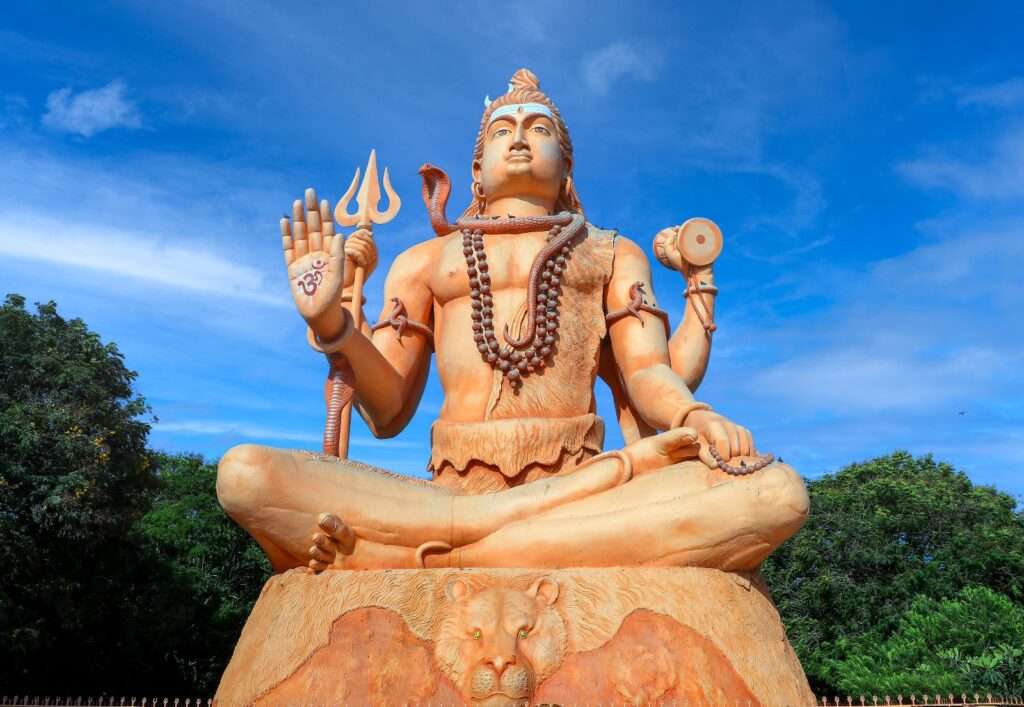
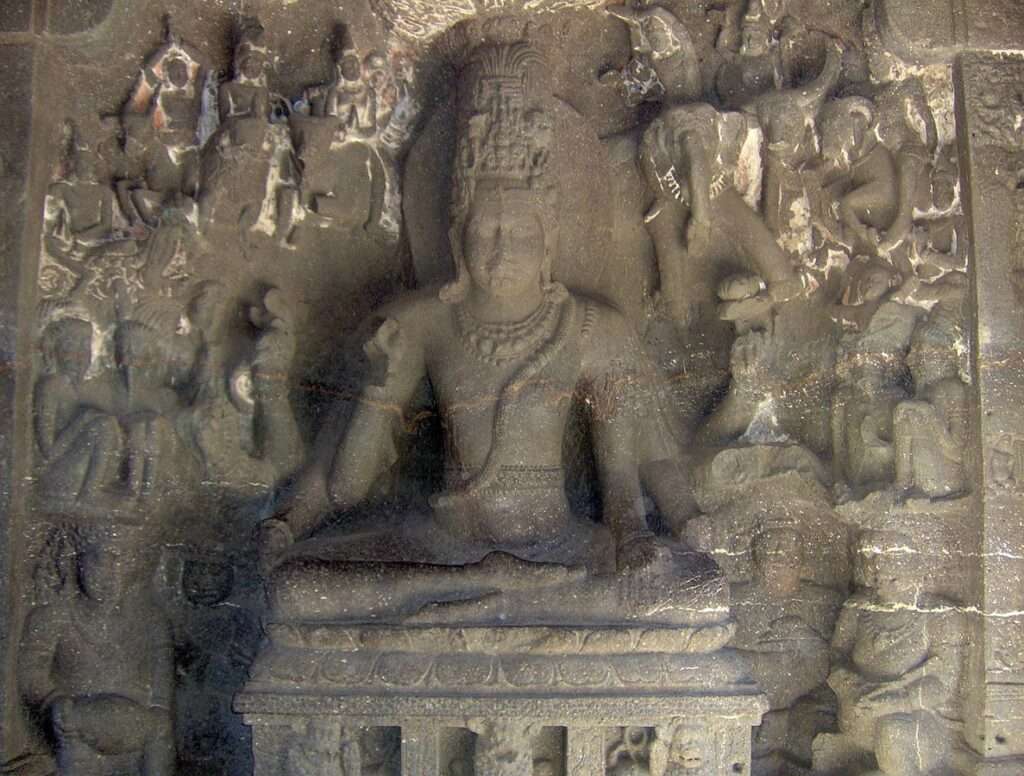
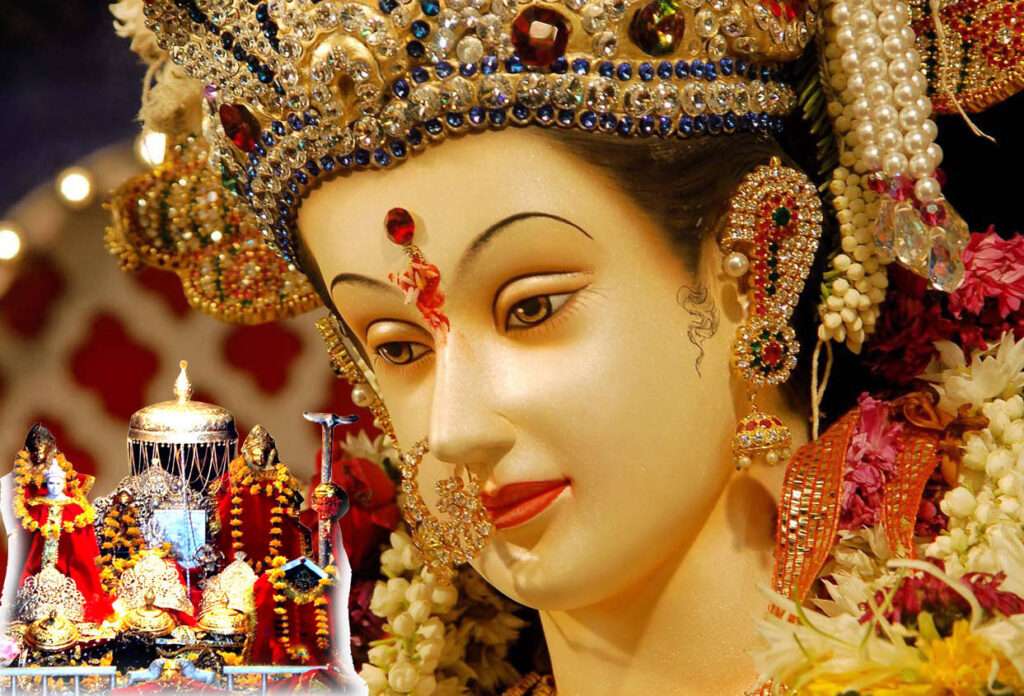
Pingback: Bhimashankar Temple : Jyotirlinga, How to Reach, History - vedmiracles
Pingback: 12 jyotirlingas: Names, Locations, How to reach